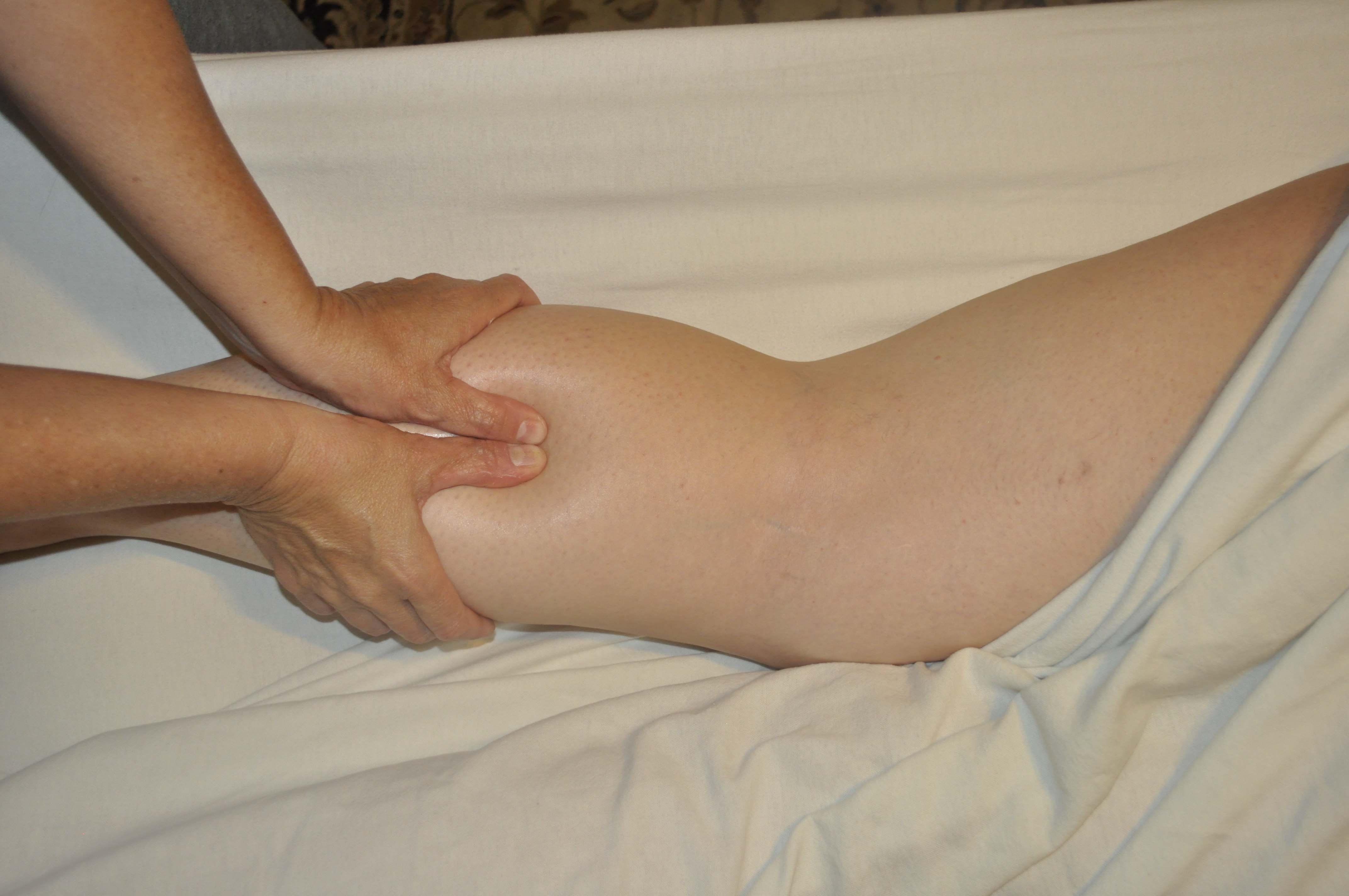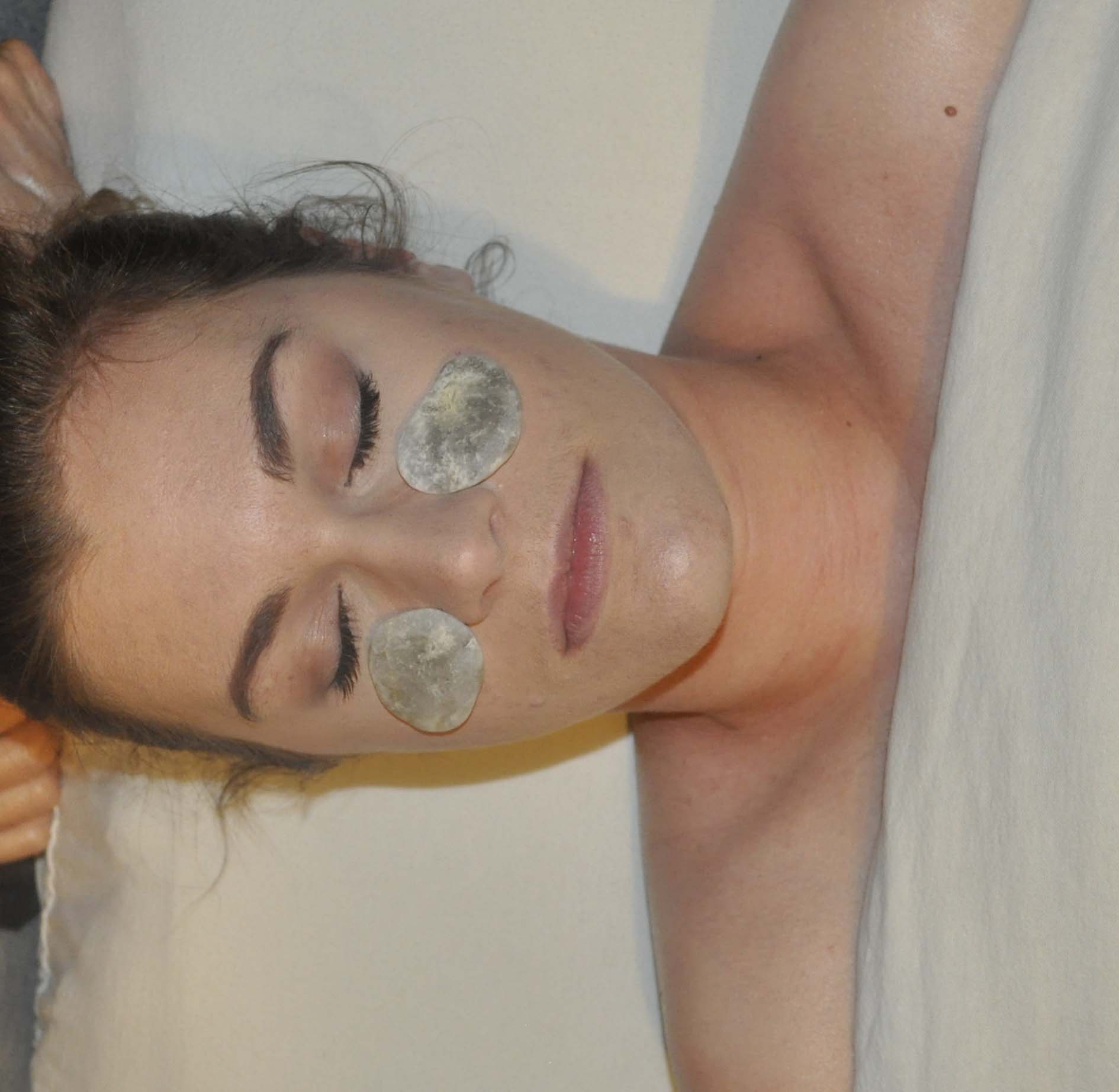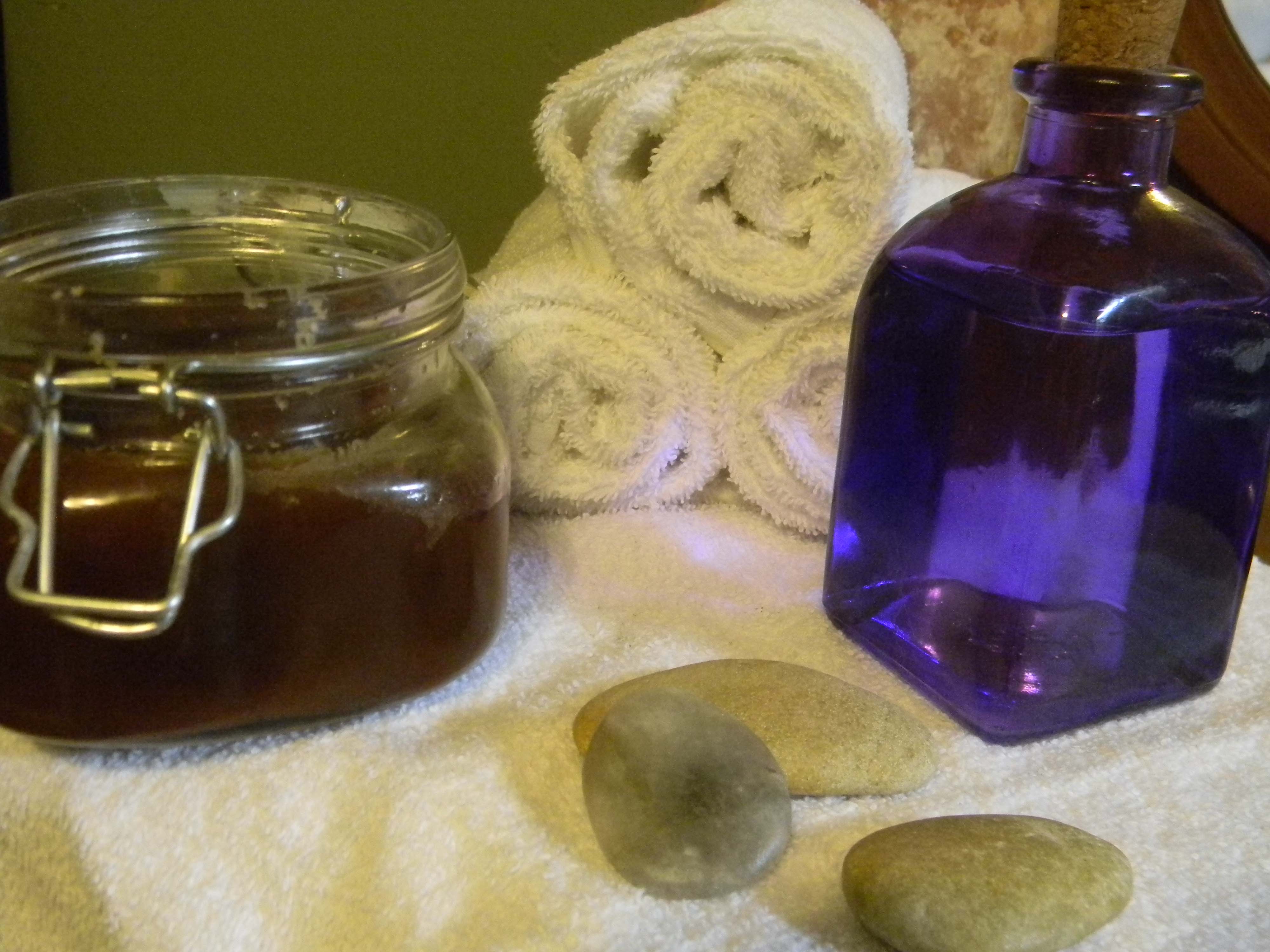Massage Therapy Classes
11 Tips on how to find the best!
Massage therapy classes provide students the education and training needed to begin a massage therapy career. They often include courses in Anatomy, Physiology, Pathology, and Kinesiology, in addition to a specific number of clinical, hands-on massage hours learning massage techniques.
All massage schools are different, and they all have class schedules and courses that are appealing to different students. But, choosing the school that's best for you requires a few tips on how to make a good choice.
11 Tips on choosing massage therapy classes
1) Make sure the massage school has an approved state accreditation.
This is an important thing to verify, because it ensures that the school has the ability to teach what students need to know in order to pass state licensing exam requirements.
The United States Department of Education has standards that accrediting agencies use to evaluate massage therapy classes. The accreditation process is voluntary, however it is quite expensive, especially for a new school.
If the school does not have a national accreditation, make sure they are at least following state guidelines for massage school operation. You can often find a list of schools that have this on your state's massage board website.
Some accrediting agencies include:
- Commission on Massage Therapy Association (COMTA)- is the most popular independent accrediting agency for massage therapy schools
- Accrediting Bureau of Health Education Schools (ABHES) - is an accrediting agency for most allied health schools
- Accrediting Commission of Career Schools and Colleges of Technology - offers accreditation to trade , occupational, and technical career schools
2) Ask how long the school has been open. The longer the school has been around, the better! This ensures that they are financially stable.If you are a student, you don't want to give the school your tuition, only to show up for your massage therapy training, and the doors are locked, and the business closed.
3) Check with the state board to make sure that the school has met all the state requirements for massage therapy education. It is also a good idea to make sure the school is in good standing with the state licensure board, because massage schools also have rules and regulations that they must follow. If they are not meeting those regulations, it may not be the best choice.This is one of our most important tips if you are interested in massage therapy classes - this is extremely important.
4) Decide if you will attend school full-time or part-time. Some schools offer both. Some schools offer either one just full-time classes.
5) Contact graduates of the school for their opinions and experiences. Call massage therapists in your area- find them with a Google or Yelp search. Ask them to honestly share their thoughts and tips concerning the school.
6) Ask to sit in on some of the massage therapy classes to get a better idea of how you will be learning, the teaching style of the instructors, and the different types of massage therapy that are taught.
This is another one of the most important massage school tips we can give. Better to find out before you pay the tuition that the instructor has an accent that you cannot understand or worse, does not know the material they are trying to teach.
7) Ask specifically if they are approved by the National Certification Board for Therapeutic Massage and Bodywork (NCBTMB). This board provides a National Certification Exam that you are required to pass in many states in order to apply for a massage therapy license to practice in that state.
8) Ask what their pass rate is for their students/graduates on the National Certification Exam. Know what your chances of passing that test are before you commit to attend that school.
9) Find out school ratings - Do a Google search or Yelp search to find ratings on the school. Most often, schools with a 5 star rating are a safe bet that they will deliver a quality education.
10) Ask about the instructors - how long they have been teaching, and about their certifications and degrees and as well as their qualifications to teach. You want instruction that will prepare you to pass exams and also prepare you for a life-long career.
Every massage therapy school gets an annual report which details the percentage of their students that passed the NCBTMB exam.
11) Important Tip: Ask specifically about massage techniques they teach students. If you want to work in a spa, you want to learn about body scrubs, hot stone massage therapy, and body wraps. If you want to work in a health club, deep tissue massage and sports massage will be important to learn.
Find the best massage marketing tips in my ebook, "Sorry, I'm Booked" It is loaded with great ideas and resources to help you build a thriving business, increase your earnings, and keep your clients returning to your practice. It is priced affordably for every therapist (or student).
Read more tips on how to choose a school at AMTA.
Keep in mind that continuing education courses are part of maintaining your license and new types of massage therapy are usually easy, and relatively inexpensive to learn, so don't decide on your school based on the techniques they teach.
Types of Massage Therapy Classes
There are two ways to earn a license as a massage therapist. You can either earn a degree in a 2-year college or a certificate in a massage school.
1. Degree Path - 2 year College
The degree path may be best for those who want to pursue higher education goals, such as teaching massage therapy classes, or opening a massage therapy school. An associate’s degree in massage therapy is classified as an Associate of Applied Science (AAS). The courses you will take will be a combination of labs, in-class lectures, and hands-on experience, but credits can be used toward a Bachelor's degree.
You should expect to take courses in Kinesiology, Anatomy, and Physiology, Business, Communication, Ethics, and Massage Techniques. Unlike a certificate however, these credits can be applied toward earning a Bachelor's degree, if you choose to further your education.
2. Massage School Path
A certificate can take between three months to a year to earn, while a massage therapy degree can take up to two years to complete.
Some states regulate massage therapy with rules and laws that govern the practice. Those that regulate massage, have boards dedicated to managing the licensing of therapists.
Student clinics provide an opportunity to get a massage at a reasonable price, while also giving the student hands-on clinical experience.
Be sure to ask lots of questions about what types of massage therapy are offered in student clinic when you contact the school for your appointment.
For instance, for students who want to work in a spa, the school should offer massage therapy classes that teach about body scrubs, hot stone massage, and aromatherapy massage...three treatments very commonly performed in a spa setting.
What to expect in a student clinic:
- Clients call to schedule an appointment, are asked what type of massage they would like, how long they want the massage to be (30 minutes, 1 hour, or 1 1/2 hour might be offered), or if they have any major health issues
- When they arrive for the appointment, they may be asked to fill out an intake form with questions about health history.
- The client is taken to the treatment room. This may be a large room with several petitioned massage rooms or individual rooms.
- The student therapist discusses the massage routine with the client, so they know what to expect. He/She may discuss health history and if the client has areas/muscles that you would like more work on than others.
- Student therapists leave the room while clients undress and return for the massage session soon afterwards.
Clients should communicate with the therapist if anything hurts or is uncomfortable. The massage should be relaxing and stress-free...that's the whole purpose after all!
If you are considering starting a massage career, you should know that massage therapy is one profession that is expected to flourish over the next 10-20 years. Many are choosing this career path now, in anticipation of a prosperous future.
Ask lots of questions as you tour the school or visit some massage therapy classes you are interested in taking, and use our tips on what to look for in a school, in the instructors, and in the curriculum.
Go back to Massage Education Guide Homepage





New! Comments
Have your say about what you just read! Leave me a comment in the box below.